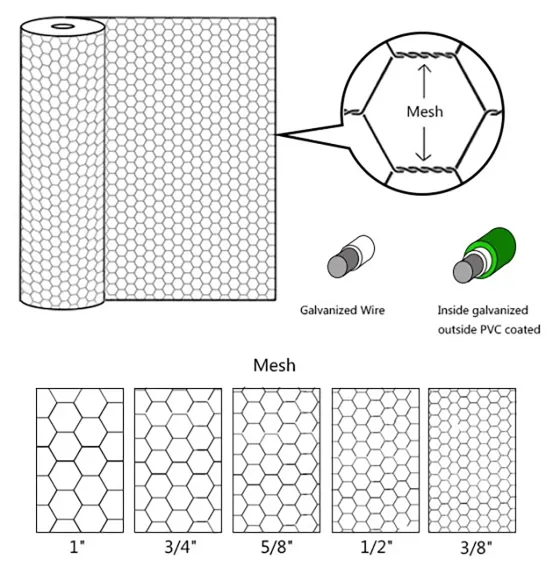Nov . 27, 2024 19:34 Back to list
Exploring the Strength and Durability of Iron Nails in Various Applications
Understanding Iron Nails A Small but Essential Element of Construction and Crafting
Iron nails have been an integral part of construction and crafting for centuries. As a small yet mighty fastener, the iron nail stands as a testament to human ingenuity and the evolution of materials. Today, we will delve into the history, types, advantages, and uses of iron nails, showcasing why this humble item plays a colossal role in various industries.
Historical Perspective
The use of iron nails dates back to ancient civilizations, with evidence suggesting their existence as far back as 3000 BC. Initially, nails were handmade from wrought iron and utilized primarily in shipbuilding and major architectural feats. The Romans excelled in iron metallurgy, making significant advances in nail production. By the Middle Ages, nails became more standardized, with the introduction of manufacturing techniques that allowed for mass production.
With the Industrial Revolution, the nail-making process underwent significant changes with the advent of machinery. This transition made nails cheaper and more accessible, allowing the construction industry to flourish. The mass production of iron nails enabled builders to undertake larger projects, transforming the landscape of cities and towns across the world.
Types of Iron Nails
Iron nails come in various forms, each designed for specific applications. The common types include
1. Common Nails These are the most versatile nails with a wide range of uses, from framing to general construction.
2. Finishing Nails Thinner than common nails, finishing nails have a smaller head, making them perfect for tasks where appearance matters. They are often used in cabinetry and trim work.
3. Brad Nails Even thinner than finishing nails, brad nails are ideal for delicate work such as attaching lightweight moldings or small crafts.
4. Box Nails Designed for thinner materials, box nails are commonly used in lighter construction projects.
5. Decking Nails These are specifically designed for use in outdoor decking projects, featuring a specially designed head to prevent pull-through.
6. Concrete Nails Made for penetrating hard surfaces, these sturdy nails are essential in concrete work.
iron nail

Each type of nail has a unique design that caters to its specific purpose, emphasizing the versatility of iron nails in various fields
.Advantages of Iron Nails
Iron nails boast several advantages that make them a preferred choice in many construction and crafting applications
1. Strength and Durability Iron is a robust material that can withstand substantial stress and pressure, providing a strong hold for various materials.
2. Cost-Effectiveness Compared to other materials such as stainless steel, iron nails are generally more affordable, making them an economical choice for construction projects.
3. Ease of Use Iron nails can be easily driven into a variety of substances, from wood to drywall. Their design allows for efficient installation, even in labor-intensive projects.
4. Availability Iron nails are widely available in most hardware stores and are produced in large quantities, ensuring that they can be sourced easily.
Applications of Iron Nails
Iron nails are found in a multitude of projects across various sectors. In construction, they are fundamental to joining wooden beams, framing houses, and attaching roofing materials. In woodworking, iron nails are employed in furniture-making, cabinetry, and decorative molding.
Additionally, iron nails have found unique applications in artistic endeavors. Crafters often use them in combination with other materials to create intricate designs, sculptures, and wall art. The raw aesthetic of iron nails enhances the rustic charm of crafts, appealing to those who appreciate handmade and artisanal products.
Conclusion
In summary, iron nails may seem like a small component in the grand scheme of construction and crafting, but their significance cannot be overstated. With a rich historical background, diverse types, numerous advantages, and wide-ranging applications, iron nails are invaluable in multiple contexts. As we move forward in an era of advanced materials and technologies, it is essential to recognize the enduring utility and charm of iron nails, ensuring that they continue to be a staple in both traditional and modern practices. Whether framing a house or crafting a unique piece of art, the iron nail remains a symbol of strength, durability, and craftsmanship.
-
The Role of Field Wire Fence in Grassland Conservation
NewsJul.15,2025
-
Stainless Steel Razor Wire Durability in Coastal Environments
NewsJul.15,2025
-
Enhancing Home Security with Mesh Fences
NewsJul.15,2025
-
Diamond Mesh Wire for Small Animal Enclosures
NewsJul.15,2025
-
Common Wire Nail Tensile Strength Testing for Woodworking
NewsJul.15,2025
-
Barbed Wire Corrosion Resistance Galvanization Techniques
NewsJul.15,2025









